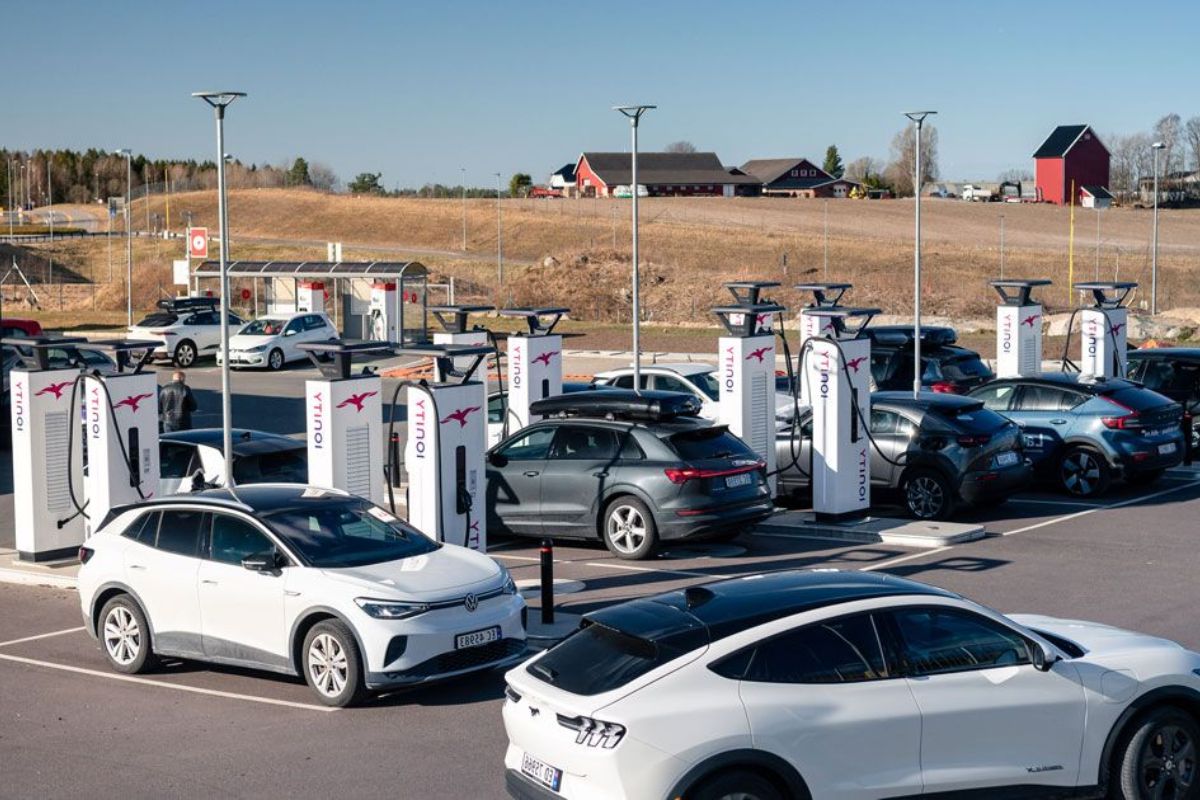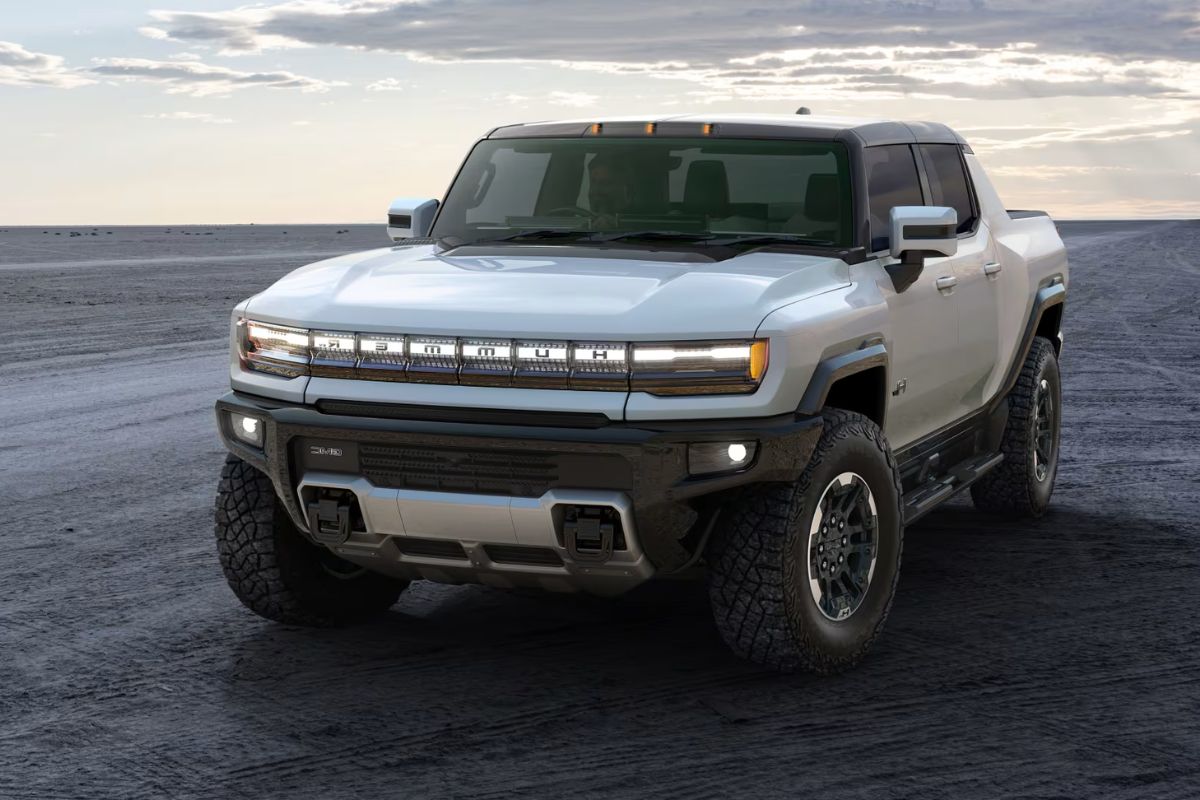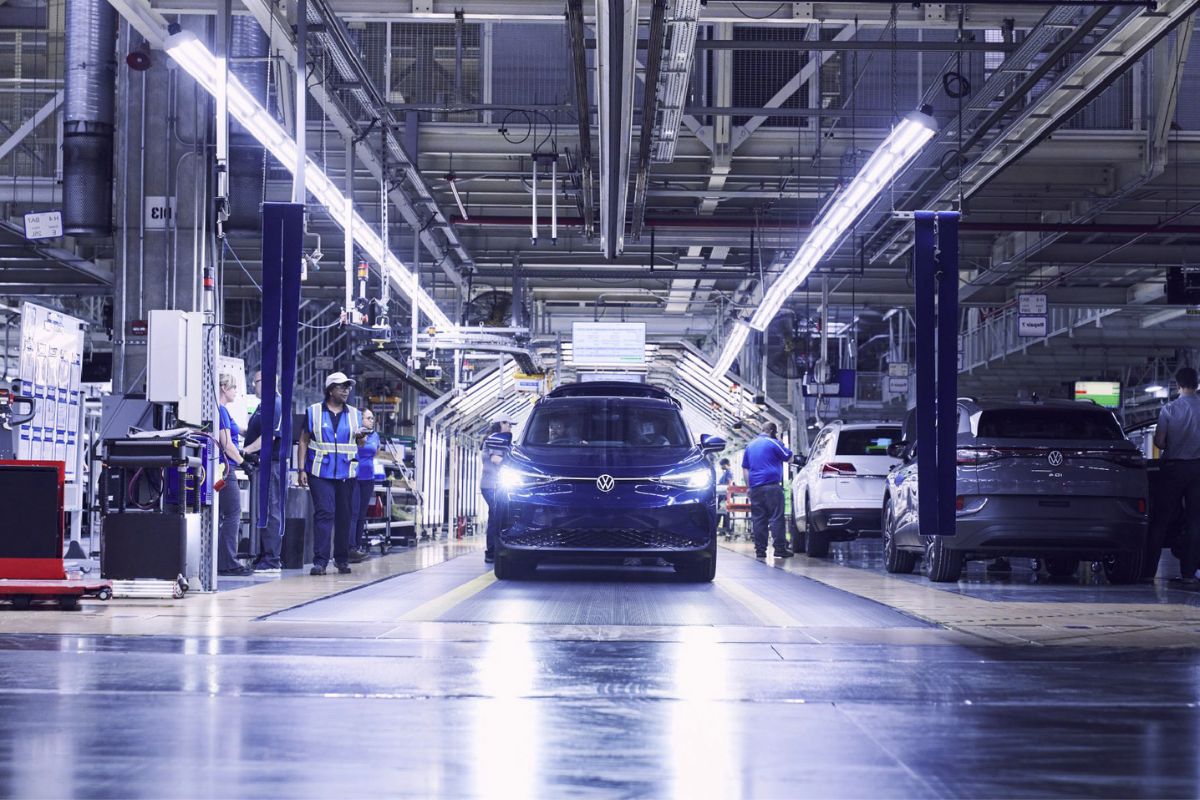Hertz Hits the Brakes: Hertz, one of the leading rental car companies, has recently made a surprising decision to shift gears from electric vehicles (EVs) to gas cars. This strategic move comes as a shock, especially considering the global push towards sustainability and the increasing popularity of EVs.
Hertz had initially made headlines by announcing plans to purchase 100,000 Tesla vehicles for its fleet, positioning itself as a pioneer in the adoption of electric transportation. However, amidst operational challenges and a changing market landscape, the company has now decided to sell off 20,000 EVs, including Teslas.
This sudden shift raises questions about the future of EVs in the rental car industry and the reasoning behind Hertz’s change in direction. What factors led to this u-turn, and what are the potential implications for the market and consumers?
Let’s explore the intricacies of Hertz’s decision and delve into the broader context of this industry shake-up.
Key Takeaways
- Hertz is selling 20,000 EVs, including Teslas, from its U.S. fleet to reflect evolving customer preferences and position itself as a forward-thinking company in the rental industry.
- The decision to shift back to gas-powered vehicles resulted in significant charges for Hertz due to operational challenges and the financial burden of EVs, particularly with Tesla vehicles.
- Hertz’s decision raises questions about the growth of the EV industry and signals a need to reassess expectations regarding EVs, as major automakers have also scaled back EV production plans.
- The shift away from EVs by major rental companies like Hertz and Sixt may slow down global EV adoption, limit the growth of EV infrastructure, and impact the market for used-EVs with declining prices.
Strategic Shift: Hertz to Sell 20000 EVs, Including Teslas, Amidst Industry Challenges
In a bold and strategic move amidst industry challenges, Hertz Global Holdings, a major player in the rental industry, is set to sell 20,000 electric vehicles (EVs), including highly sought-after Teslas, from its U.S. fleet.
This decision comes as Hertz aims to adapt to the shifting dynamics in the demand for EVs. By offloading a significant number of EVs, Hertz is not only responding to the evolving customer preferences but also positioning itself as a forward-thinking company in the rental industry. This move demonstrates Hertz’s commitment to sustainability and aligns with the growing global focus on reducing carbon emissions.
Also Read: Asia Hits High Notes, Dollar Takes a Dive on U.S. Rate Cut Hints
Moreover, the inclusion of Teslas in this sale is a strategic decision to capitalize on the high demand for these popular electric vehicles. Hertz’s decision to sell 20,000 EVs, including Teslas, reflects their understanding of the market and their willingness to adapt to changing industry trends.
Operational Challenges and CEO’s Perspective
Facing significant operational challenges, Hertz CEO Stephen Scherr sheds light on the hurdles encountered by the company in its transition to electric vehicles, particularly with the inclusion of Tesla vehicles. Despite initial efforts to mitigate risks, such as limiting torque and speed and offering EVs to experienced users, Hertz faced difficulties that resulted in a shift back to gas-powered vehicles.
The financial impact of this decision is estimated at approximately $245 million in charges for the fourth quarter of 2023, underscoring the struggle rental companies face in the EV market. This setback highlights the need for rental companies to carefully evaluate the feasibility and cost-effectiveness of incorporating electric vehicles into their fleets. The CEO’s perspective offers valuable insights into the challenges and complexities of this transition.
| Operational Challenges | CEO’s Perspective |
|---|---|
| Increased expenses | Scherr acknowledges the financial burden of EVs, particularly with Tesla vehicles. |
| Technical difficulties | Hertz faced challenges despite efforts to ensure safety through torque and speed limitations. |
| Financial impact | The decision to shift back to gas-powered vehicles resulted in significant charges for Hertz. |
Market Implications and Analyst Insights
The decision made by Hertz to shift back to gas-powered vehicles due to operational challenges and financial impact raises important questions about the market implications and prompts analysts to reassess expectations regarding the growth of the EV industry.
Hertz’s move reflects the challenges faced by the overall EV market, which has also been seen in the decisions of major automakers like General Motors and Ford to scale back production plans. Analysts, including Morgan Stanley’s Adam Jonas, see Hertz’s decision as a signal to reassess expectations regarding EVs.
While consumers appreciate the benefits of EVs, hidden costs related to collision and damage are impacting the industry. This shift by Hertz highlights the need for a more comprehensive analysis of the EV market and a reassessment of its growth potential.
Industry Trends and Global Impact
Undoubtedly, the evolving dynamics of the rental car industry and the decisions made by major players like Hertz and Sixt indicate a significant shift in industry trends and a potential global impact on the adoption of electric vehicles.
These recent developments highlight several key points:
- Reevaluation of EV strategy: Hertz and Sixt’s move away from purchasing Teslas and selling existing EV fleets signals a reevaluation of their approach to electric vehicles. This suggests that rental companies are assessing the practicality and profitability of EV adoption.
- Broader trend in the industry: Hertz and Sixt are not alone in their adjustments. Other rental companies are likely to follow suit, indicating a broader trend in the industry away from electric vehicles towards conventional gasoline cars.
- Global impact on EV adoption: As major rental companies shift their focus away from EVs, it could potentially slow down the adoption of electric vehicles globally. This may impact the growth of EV infrastructure and limit consumer exposure to electric mobility.
- Long-term commitment to electrification: Despite the current shift, Sixt remains committed to electrifying a significant portion of its fleet in Europe by 2030. This demonstrates a long-term commitment to sustainability and suggests that EVs still have a future in the rental car industry.
Market Impact on Used-EVs
The decline in wholesale used-EV prices is exacerbated by Hertz’s decision to sell off its EV fleet, including Teslas, resulting in a significant market impact on the used-EVs sector. Cox Automotive data reveals a consistent decrease in wholesale used-EV prices throughout 2023, influenced by lower new EV prices and an increase in unsold inventories. Analysts anticipate further declines in 2024, with Hertz’s substantial sale of EVs, including Teslas, playing a crucial role in this downward trend.
| Market Impact on Used-EVs |
|---|
| Decline in wholesale used-EV prices |
| Lower new EV prices |
| Increase in unsold inventories |
| Hertz’s sale of EVs, including Teslas |
The decision by Hertz to divest its EV fleet has created a ripple effect in the used-EV market. With an influx of used EVs hitting the market, the supply has outpaced demand, leading to a decline in wholesale prices. This trend is further accentuated by the already decreasing prices of new EVs and the growing inventory of unsold EVs.
As a result, industry analysts foresee continued price declines in 2024. Hertz’s significant sale of EVs, including the popular Tesla models, is a contributing factor to this market impact. This situation highlights the challenges faced by rental companies in navigating the evolving landscape of electric vehicles.
Conclusion Of Hertz Hits the Brakes
Hertz’s decision to shift from electric vehicles to gas cars is a strategic move in response to operational challenges and market implications.
While the rental giant initially aimed to sell 20000 EVs, including Teslas, the industry’s current landscape necessitated a change in direction. This shift reflects broader industry trends and may have a global impact on the adoption of electric vehicles.
Additionally, it is likely to affect the market for used EVs in the future.
Our Reader’s Queries
Q1 How many electric cars does Hertz have?
A Hertz has successfully incorporated electric vehicles (EVs) into about 11% of its total fleet, with approximately 50,000 electric cars currently in operation. Among these, Hertz boasts a substantial fleet of around 35,000 Tesla vehicles. This falls short of the initial commitment made by Hertz, which had announced its intention to order 100,000 Tesla electric cars by the end of [specified timeframe]. The integration of a significant number of Teslas into its fleet underscores Hertz’s commitment to embracing electric mobility and aligning with the growing demand for sustainable transportation options.
Q2 Why is Hertz buying Teslas?
A In 2021, Hertz initiated a comprehensive shift towards electric vehicles (EVs), revealing an ambitious plan to acquire 100,000 Teslas. This strategic move aimed to provide customers with an extensive array of electric options. Additionally, Hertz solidified its commitment to electrification through significant agreements, including a deal with General Motors for the procurement of 175,000 vehicles. The rental giant also entered agreements with the EV brand Polestar to acquire 65,000 vehicles and collaborated with Uber to facilitate the availability of EVs for drivers, marking a pivotal step in Hertz’s dedication to embracing sustainable and eco-friendly transportation solutions.




